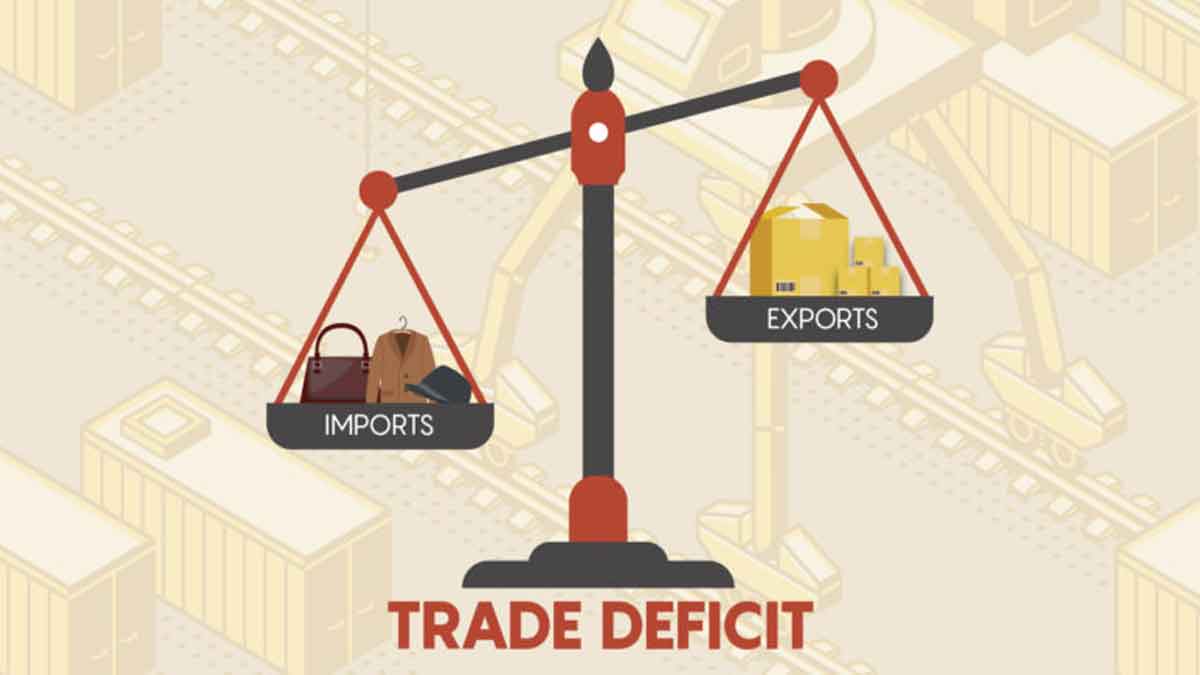In the fiscal year that concluded on June 30, 2022, Pakistan’s trade deficit expanded by 55.29 percent as a result of higher imports, mainly of petroleum.
According to the Pakistan Bureau of Statistics, the trade imbalance climbed to $48.25 billion in the fiscal year under review from $31.07 billion the previous year. The country’s imports increased noticeably more than exports during the fiscal year under consideration, which led to a large increase in the trade imbalance.
Comparing the fiscal year under review to the fiscal year 2020–21, exports climbed by 25.51 percent to $31.76 billion from $25.30 billion, while imports increased by approximately 42 percent to $80.01 billion from $56.38 billion.
In comparison to June 2021, when the trade deficit was $3.62 billion, and to May 2022, when it was $4.151 billion, the trade deficit climbed by 33 percent to $4.8 billion.
Read more: Pakistan’s trade deficit widened to all-time high $43.33 billion during 11 months
In June of the current fiscal year, exports reached $2.88 billion, an increase of 5.83 percent from $2.72 billion in June of the previous fiscal year and an increase of 10% from $2.62 billion in May of 2022.
When compared to the same month in 2021 ($6.3 billion), imports climbed by 21.57 percent to $7.7 billion, and by 14 percent to $6.77 billion in May 2022.
According to Tahir Abbas, head of research at Arif Habib Limited, “the significant trade deficit in the last fiscal was mostly caused by the high import bill of petroleum and food groups.” He claimed that the country’s import bill increased significantly as a result of the sharp rise in petroleum and food costs on the global market.
According to Tahir, the massive trade deficit has also had a detrimental influence on the current account deficit, which is expected to level off at roughly $16.5 billion for the most recent fiscal year. On the other hand, he noted that textile exports increased by 26% to $19.4 billion in the most recent fiscal year.
Tahir projected that the trade deficit would decrease as a result of the government’s efforts to decrease imports as well as the State Bank of Pakistan’s steps to restrict imports in relation to the future trend of imports in the current fiscal year and their impact on the trade deficit.
He predicted that imports of COVID-19 vaccine would be minimal and that rising petroleum product prices on the local market would cause consumers to use less, which would limit imports.





















